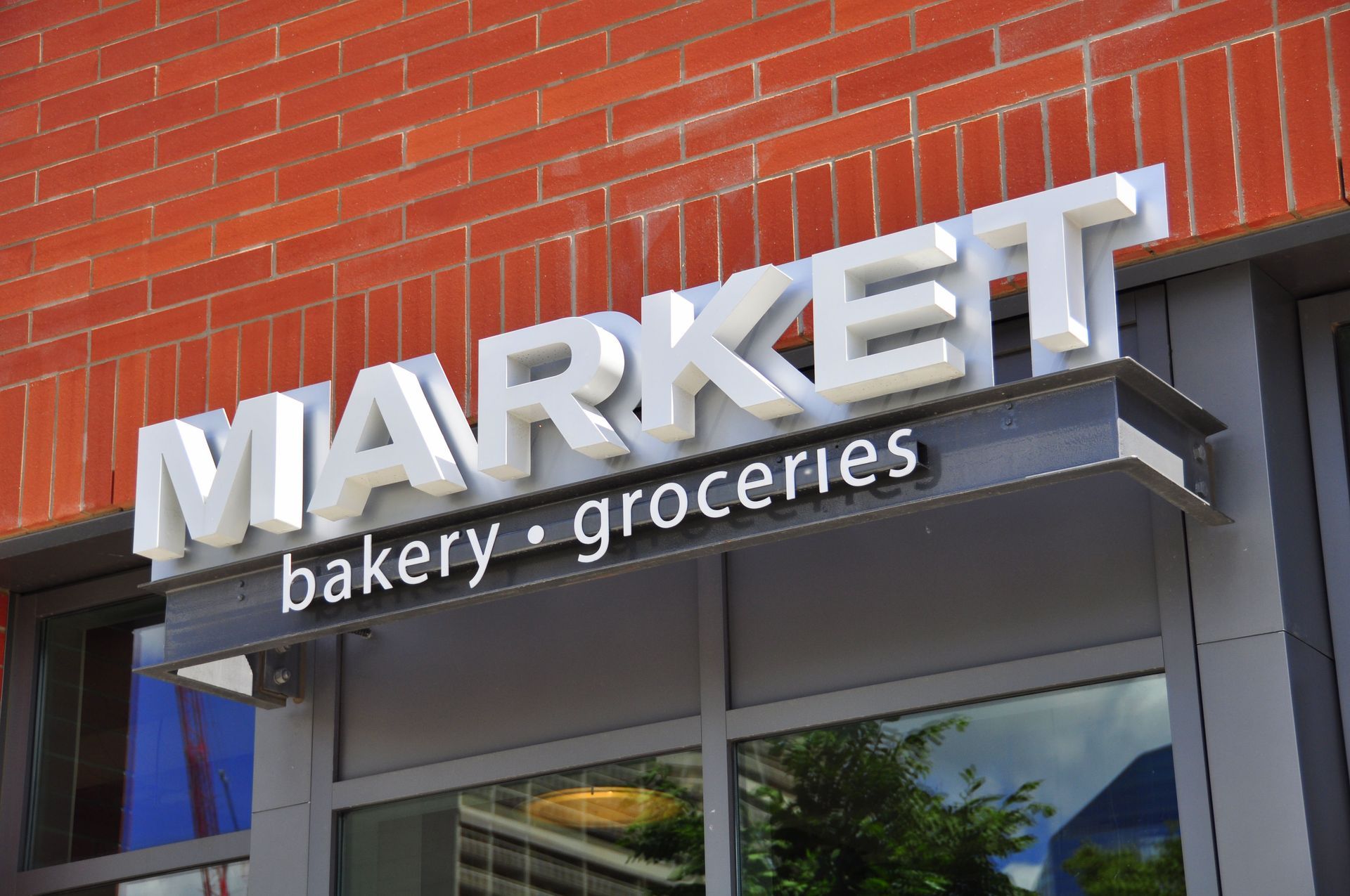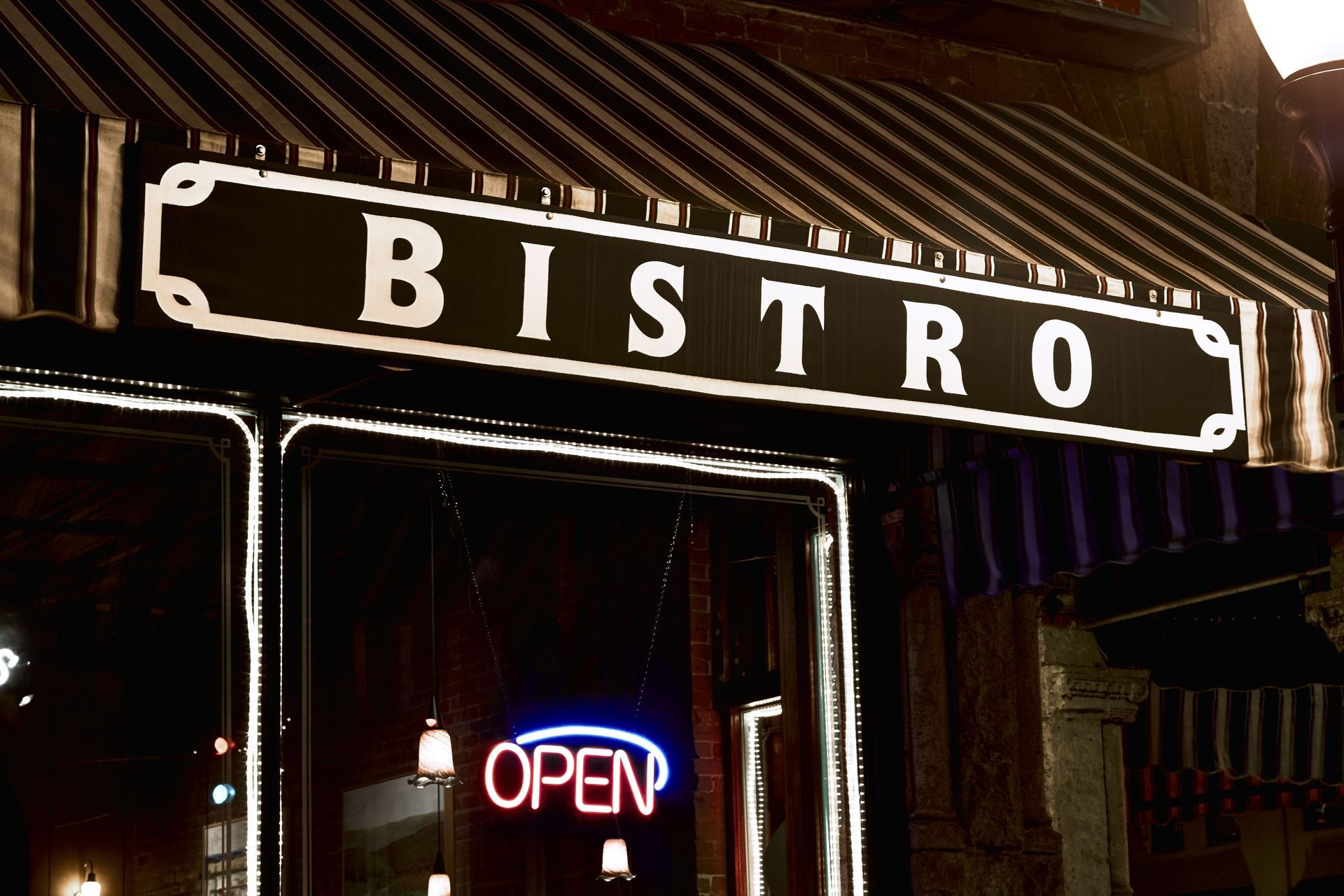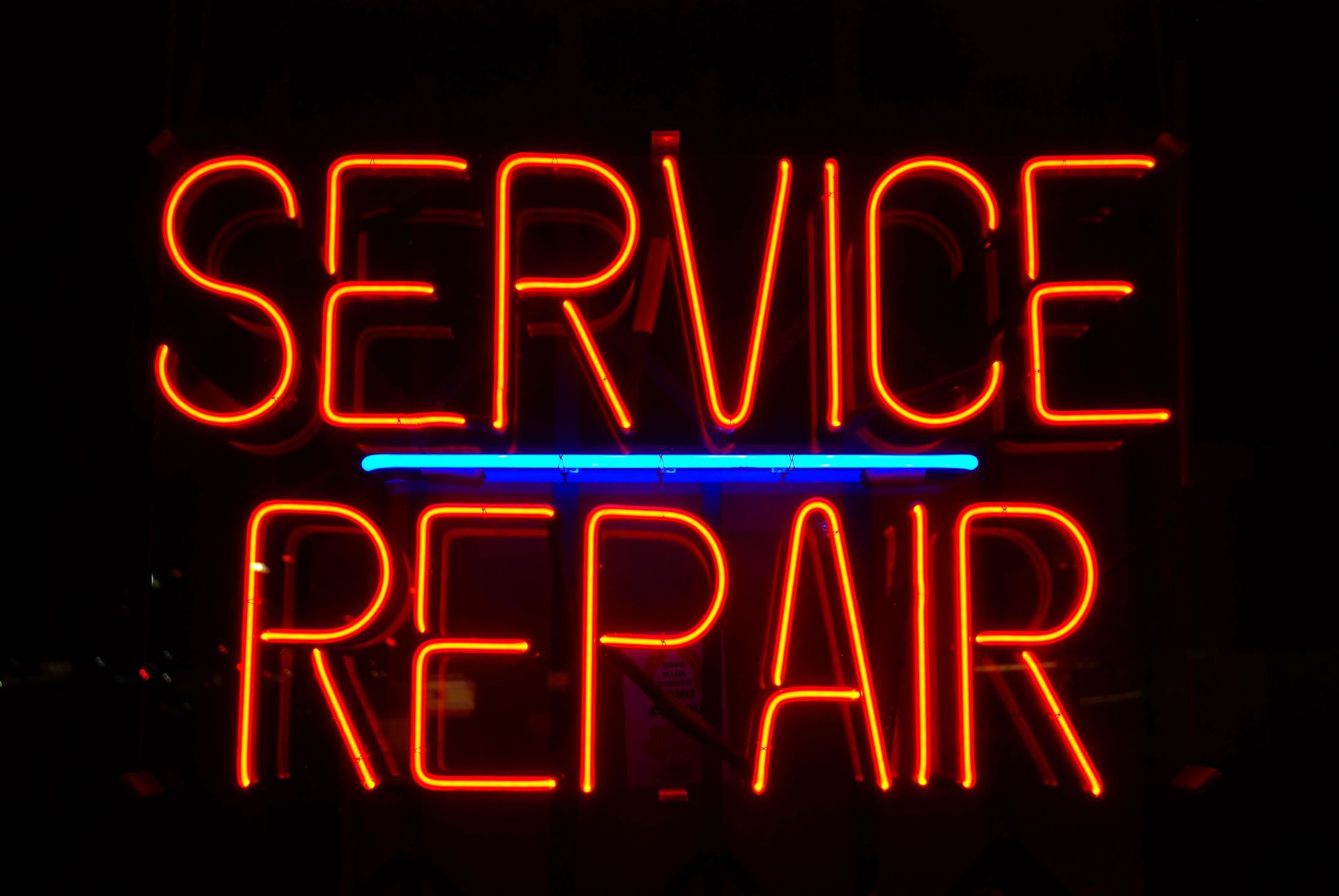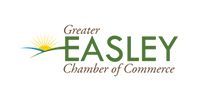Creative Ideas for Custom Sign Designs
Custom sign designs are a powerful way to convey messages, enhance brand identity, and attract attention. In this article, we will explore creative ideas for custom sign designs that will inspire and help you create visually compelling and unique signage for various purposes. As businesses strive to stand out in competitive markets, crafting memorable signs becomes crucial. Whether your goal is to guide, inform, or captivate an audience, a thoughtfully designed sign can make all the difference. Join us as we delve into the elements that can transform a simple sign into a captivating display of creativity.
Materials
Choosing materials for custom signs is an essential decision that determines their longevity and effectiveness. For indoor signs, materials such as cardboard, foam board, or vinyl are often preferred due to their lightweight nature and ease of installation. Conversely, outdoor signs must withstand elements like rain, wind, and UV light, requiring more durable materials such as aluminum, dibond, or treated wood. Proper material choice not only ensures the sign's durability but also helps maintain its visual appeal over time. By understanding the environment in which the sign will be placed, designers can select the most appropriate materials for their needs.
As sustainability becomes increasingly important, many designers are turning to eco-friendly materials for creating signs. Recycled aluminum, biodegradable plastics, and sustainably sourced wood are now popular choices. These options not only align with eco-conscious values but also enhance the brand’s image as environmentally responsible. Utilizing renewable and recyclable materials helps reduce the ecological footprint while still delivering visually stunning results. Incorporating eco-friendly materials in sign design can also appeal to a broader audience who value environmental responsibility.
Metal is a versatile and chic choice that adds a contemporary feel to sign designs. Available in finishes like brushed, polished, or painted, metals can be used to convey a range of aesthetic goals. Aluminum, steel, and copper are among the metals frequently used due to their durability and visual impact. Metals are particularly effective in modern urban settings, adding an industrial elegance that resonates with modern architectural styles. By playing with textures and finishes, designers can achieve a modern aesthetic that attracts attention and complements the ambiance of its setting.
Typography and Font Choices
Typography is not only about aesthetics but also about readability and communication. A sign with clear, legible typography effectively conveys its message without confusing the viewer. Choosing the right typeface impacts how easily the text can be read from various distances and in different lighting conditions. Sans-serif fonts, known for their clean lines, often offer superior readability, especially for larger displays or longer reading distances. A carefully considered typeface means the audience quickly understands and responds to the message.
The font used in a sign should represent and amplify the brand's identity. Different typefaces evoke different emotions and can influence perception; for example, serif fonts convey tradition and reliability, whereas bold sans-serif fonts suggest modernity and excitement. Choosing a font that aligns with the brand's personality helps reinforce its message and create a cohesive brand image. Custom typography, or hand-lettered signs, can further emphasize uniqueness and brand authenticity. Ultimately, matching the right typeface with the brand message is key to effective communication through signage.
Strategically combining different fonts can produce a visually dynamic and engaging sign. Designers often mix serif and sans-serif fonts to create contrast and highlight particular information within the sign. When done correctly, combining multiple typefaces can guide the reader's eye through information, establishing a hierarchy of importance. It's crucial, however, to maintain balance and not overwhelm the audience, so designers typically limit the number of different fonts used. Experimenting with font pairings continues to be a popular trend for adding a layer of complexity to sign design while emphasizing essential data.
Colors
Colors significantly impact how a sign is perceived and can influence a viewer's emotions and actions. Understanding color psychology allows designers to choose hues that reinforce the intended message. For example, red evokes urgency and energy, making it effective for calls to action, while blue denotes trust and professionalism, ideal for corporate environments. Choosing colors that align with psychological principles ensures the sign aligns with communication objectives. This scientific approach to color selection supports both the emotional and functional goals of the signage.
Contrast is vital for ensuring signage is easily readable and captures the viewer's attention. High contrast between text and background enhances visibility, especially in environments where quick information delivery is essential. Designers often use complementary color schemes or dark text on a light background to achieve optimal readability. Effective contrast not only improves comprehension but also makes the sign visually striking. Considering lighting conditions and viewing distances further enhances the sign’s effectiveness through well-implemented contrast.
Lights and Illumination
Neon remains a popular choice for creating visually striking and memorable signs. Its vibrant glow and vintage appeal capture attention, making it ideal for storefronts or entertainment venues. Although traditional neon can be energy-intensive, newer, more efficient technologies can emulate the neon look with LED alternatives. These options offer similar aesthetics with improved durability and environmental benefits. When used effectively, neon can become a focal point that draws customers in and sets an establishment apart from competitors.
With advances in technology, LED lighting has become a favorite tool for sign designers seeking modern and dynamic appeal. LED lights offer exceptional energy efficiency and have a longer lifespan compared to traditional lighting options. They provide flexibility in terms of color and intensity, allowing for creative experimentation and customization. According to Towards Packaging, the global printed signage market is expected to grow at a CAGR of 2.01% through 2034. Innovations like LEDs are vital for staying competitive. Implementing LEDs in custom signs enables brands to stand out with visually captivating and eco-conscious designs.
Shapes and Structures
Custom cutouts allow for intriguing shapes and silhouettes that draw attention and intrigue. Going beyond traditional rectangular forms, cutouts can emulate brand logos or symbols, enhancing brand identification. Intricate designs crafted through technologies like CNC cutting or laser cutting offer precise and imaginative results. These detailed forms can create a memorable experience and leave a lasting impact on audiences. By using cutouts, brands can explore a wide range of creative possibilities to distinguish their signage from standard offerings.
Three-dimensional signs provide an additional dimension of engagement, offering depth and interest to flat surfaces. 3D letters, shapes, or entire structures create striking visuals that naturally command attention. They can be utilized in both indoor and outdoor settings, offering flexibility in design and installation. Through strategic lighting and shadows, three-dimensional signs can appear dynamic, changing appearance based on time of day or angle of view. Incorporating 3D elements allows designers to break free from conventional flat designs, creating more immersive experiences for audiences.
Custom sign designs offer endless possibilities to showcase creativity and enhance communication. By considering factors like materials, fonts, colors, illumination, structure, and personalization, you can create eye-catching and effective signage that speaks to your audience and elevates your brand presence. In a competitive landscape, crafting a memorable sign is not just a choice but a strategic necessity. Choosing the right combination of elements for your sign will ultimately determine its success. As the signage industry grows, so does the potential for innovation and expression through this vital medium. Contact us at Absolute Sign Works today for more information.






Share On: